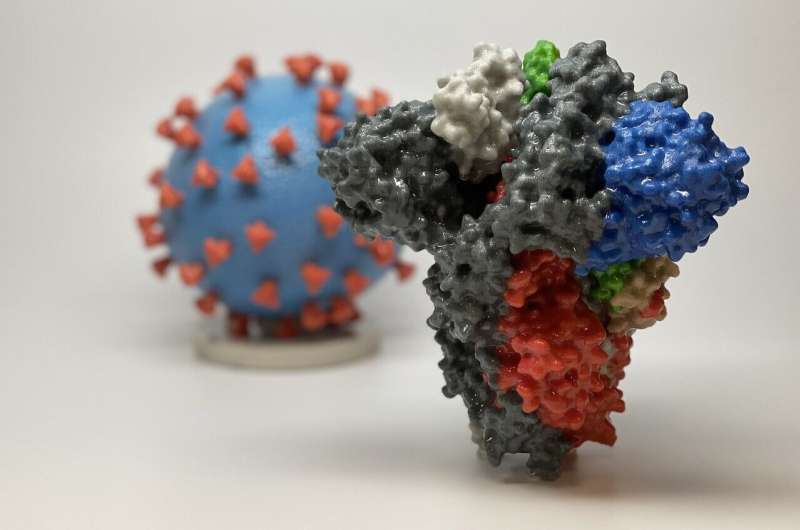
A new mathematical model for predicting infectious disease outbreaks incorporates fear—both of disease and of vaccines—to better understand how pandemics can occur in multiple waves of infections, like those we are seeing with COVID-19. The “Triple Contagion” model of disease and fears, developed by researchers at NYU School of Global Public Health, is published in the Journal of The Royal Society Interface.
Human behaviors like social distancing (which suppresses spread) and vaccine refusal (which promotes it) have shaped the dynamics of epidemics for centuries. Yet, traditional epidemic models have overwhelmingly ignored human behavior and the fears that drive it.
“Emotions like fear can override rational behavior and prompt unconstructive behavioral change,” said Joshua Epstein, professor of epidemiology at NYU School of Global Public Health, founding director of the NYU Agent-Based Modeling Laboratory, and the study’s lead author. “Fear of a contagious disease can shift how susceptible individuals behave; they may take action to protect themselves, but abandon those actions prematurely as fear decays.”
For instance, the fear of catching a virus like SARS-CoV-2 can cause healthy people to self-isolate at home or wear masks, suppressing spread. But, because spread is reduced, the fear can evaporate—leading people to stop isolating or wearing masks too early, when there are still many infected people circulating. This pours fuel—in the form of susceptible people—onto the embers, and a new wave explodes.
Likewise, fear of COVID-19 has motivated millions of people to get vaccinated. But as vaccines suppress spread and with it the fear of disease, people may fear the vaccine more than they do the infection and forego vaccination, again producing disease resurgence.
For the first time, the “Triple Contagion” model couples these psychological dynamics to the disease dynamics, uncovering new behavioral mechanisms for pandemic persistence and successive waves of infection.
“If fear of COVID-19 exceeds fear of the vaccine, it may spur vaccination and therefore suppress the virus, a trend we saw in the U.S. this spring as millions of Americans were vaccinated and cases dropped,” said Epstein.
“But if people think the vaccine is scarier than the disease—whether they are skeptical about how serious COVID-19 is or because of baseless fears of the vaccine fueled by misinformation—our model shows that people avoid vaccines and a new disease cycle can grow. We’re seeing this play out in real time in regions with lower rates of vaccination, where the Delta variant is rapidly spreading and cases are surging,” added Epstein.
The mathematical model developed by Epstein and his colleagues accounts for behavioral factors—such as the proportion of the population that fears the disease or vaccine, and how adverse events from vaccinations can induce fear—in addition to factoring in the rate of disease transmission, percentage of the population that is vaccinated, and rate of vaccination. Moreover, the model recognizes that fear is not static: it can spread through a population as a result of misinformation or alarming updates, or fade with time or reassuring news.
“Neuroscience suggests that fear itself can be contagious, but fear also tends to fade or decay. In our model, people may overcome their fears of disease and vaccine—either over time, when disease prevalence drops, or from interactions with others who recovered from COVID or got the vaccine and had minimal side effects,” said Epstein.
The model illustrates that the two fears evolve and interact in ways that shape social distancing behavior, vaccine uptake, and the relaxation of these behaviors. These dynamics, in turn, can amplify or suppress disease transmission, which feeds back to affect behavior, producing disease resurgence and multiple waves.
“Our ‘Triple Contagion’ model draws on the neuroscience of fear learning, extinction, and transmission to reveal new mechanisms for multiple pandemic waves of the sort we see in the current SARS-CoV-2 pandemic and novel ways to think about mitigating its spread,” said Erez Hatna, clinical associate professor of epidemiology at NYU School of Global Public Health and a coauthor of the study.
In addition to Epstein and Hatna, Jennifer Crodelle of Middlebury College is a study author.
New York University

